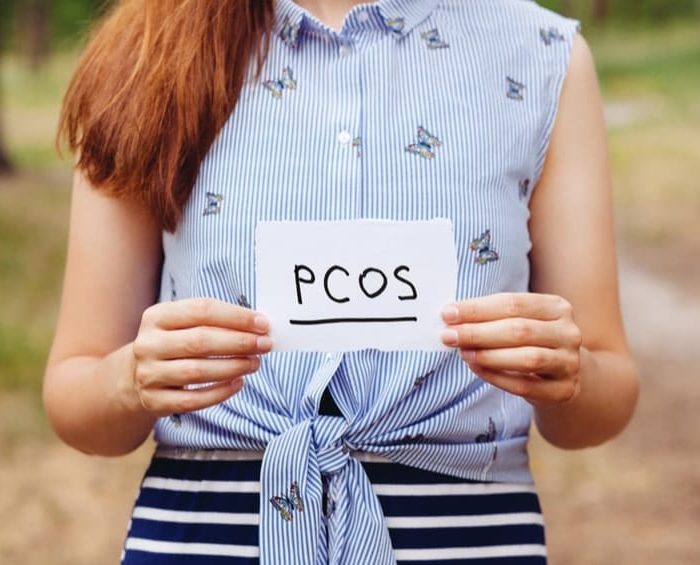
Keto Diet for Women Over 50: How to Increase Estrogen levels
If you are over 50, you know that your nutrition can have a tremendous impact on your hormone levels. So, how beneficial is the keto diet for women over 50? Hormone Level Changes There are two primary sex hormones in the body: testosterone and estrogen. Men and women have both; however, men tend to have more testosterone while women have more estrogen. Estrogen production ramps up during puberty, promoting the development of the female sex organs, breasts, and hips. But the benefits of estrogen in a woman’s body go beyond what happens during puberty. Healthy estrogen levels become extremely important for women over the age of 50 as they enter menopause. Let’s take a look at the importance of healthy estrogen levels and what you can do to keep them within a normal range. What Does Estrogen Do? Aside from kickstarting female development, estrogen has a number of other important benefits: Decreased Risk of Disease: Studies show that maintaining healthy levels of estrogen can improve insulin sensitivity, decreasing your risk for type-II diabetes. Some studies






